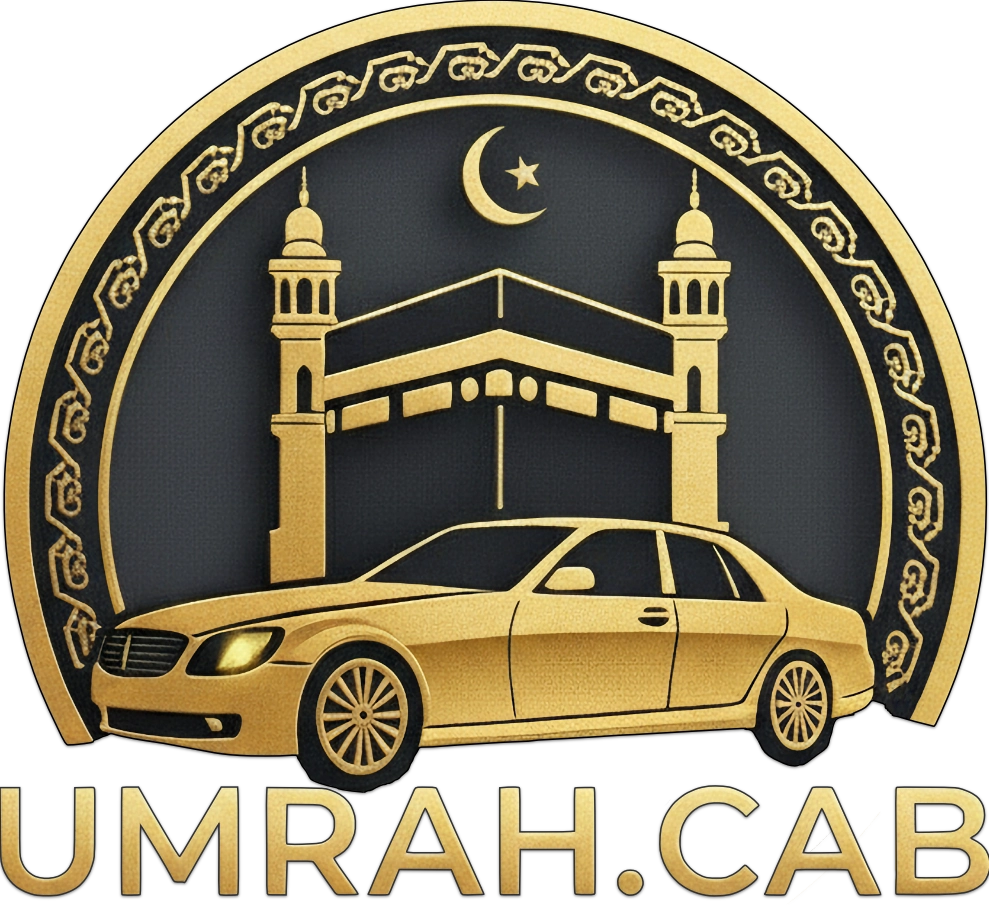The Birthplace of the Prophet (PBUH) & The Makkah Library
Visiting the Birthplace of Mercy to the World
Located just outside the eastern perimeter of the Grand Mosque (Masjid Al-Haram), near the area where the Sa’ee (running between Safa and Marwah) takes place, lies the spot historically recognized as the birthplace of the Prophet Muhammad (Peace Be Upon Him).
This area was once known as Shi’b Banu Hashim, the neighborhood where the Prophet’s noble clan resided. Today, the site is marked by a building housing the Makkah Al-Mukarramah Library (Maktaba Makkah Al-Mukarramah). A visit here offers a moment to reflect on the arrival of the final Messenger of Allah (SWT) and the light he brought to the world.

Historical Significance: The Dawn of a New Era

The Prophet Muhammad (PBUH) was born in Makkah during the Year of the Elephant (approximately 570 CE). His birth occurred under extraordinary circumstances, marking the beginning of the final chapter of Prophethood.
This location is not only where he was born but also where he spent his early childhood in the care of his mother, Aminah, and his grandfather, Abdul Muttalib. It is the neighborhood from which he grew into the man known as Al-Sadiq (The Truthful) and Al-Amin (The Trustworthy), long before the first revelation at the Cave of Hira.
Standing near this site allows pilgrims to contemplate the humble beginnings of the greatest man ever to live and the profound impact his life had on humanity.
“And We have not sent you, [O Muhammad], except as a mercy to the worlds.”
(Quran 21:107)
The Site Today: The Makkah Al-Mukarramah Library
Understanding the Current Structure
Over the centuries, the exact house of the Prophet’s birth was rebuilt and renovated many times. However, in the 20th century (formally established around 1951 CE), the site was repurposed into a library.
This decision aligns with the Saudi authorities’ approach to historical Islamic sites. To prevent practices that could be misconstrued as veneration of structures or individuals, which strictly contradicts the Islamic principle of Tawheed (the absolute oneness of Allah), many historical sites are maintained in a simple form or repurposed for public benefit.
The goal is to acknowledge the historical location while ensuring that all acts of worship are directed solely to Allah (SWT).

Etiquette (Adab) and Understanding the Visit
1. Historical Reflection, Not Ritual Worship

2. What to Avoid
It is crucial to respect the sanctity of Islamic teachings and the regulations of the site:
- Avoid Crowding: Maintain decorum and do not block pathways for other visitors.
- Do not pray Salah facing the building: All prayers must be directed towards the Kaaba inside Masjid Al-Haram. Do not offer Nafl (voluntary) prayers specifically at this site, believing it holds extra virtue.
- Do not touch or wipe the walls: Seeking blessings (Tabarruk) from the physical structure is not permissible according to the interpretations followed in the region.
3. Permissible Actions
- Send Durood (Salawat): This is the perfect opportunity to send abundant peace and blessings upon the Prophet Muhammad (PBUH). “Allahumma salli ala Muhammadin wa ala aali Muhammad”
- Make General Dua: You may make general supplications to Allah (SWT), preferably facing the Qibla (Kaaba).
- Reflect on the Seerah: Use the time to recall the life, teachings, and sacrifices of the Prophet (PBUH).
Practical Information for Visitors
Location
The Makkah Al-Mukarramah Library is very close to the Grand Mosque. It is situated on the eastern side, easily visible when exiting the Haram near the Marwah hill area.
Access and Visiting Hours
- Viewing the Exterior: The outside of the building can be viewed at any time of the day or night.
- Entering the Library: The Library functions as a research center and has specific opening hours that may vary. Access inside may sometimes be restricted, and it is not set up for general sightseeing. The primary purpose of the Ziyarat is to view the location from the outside.
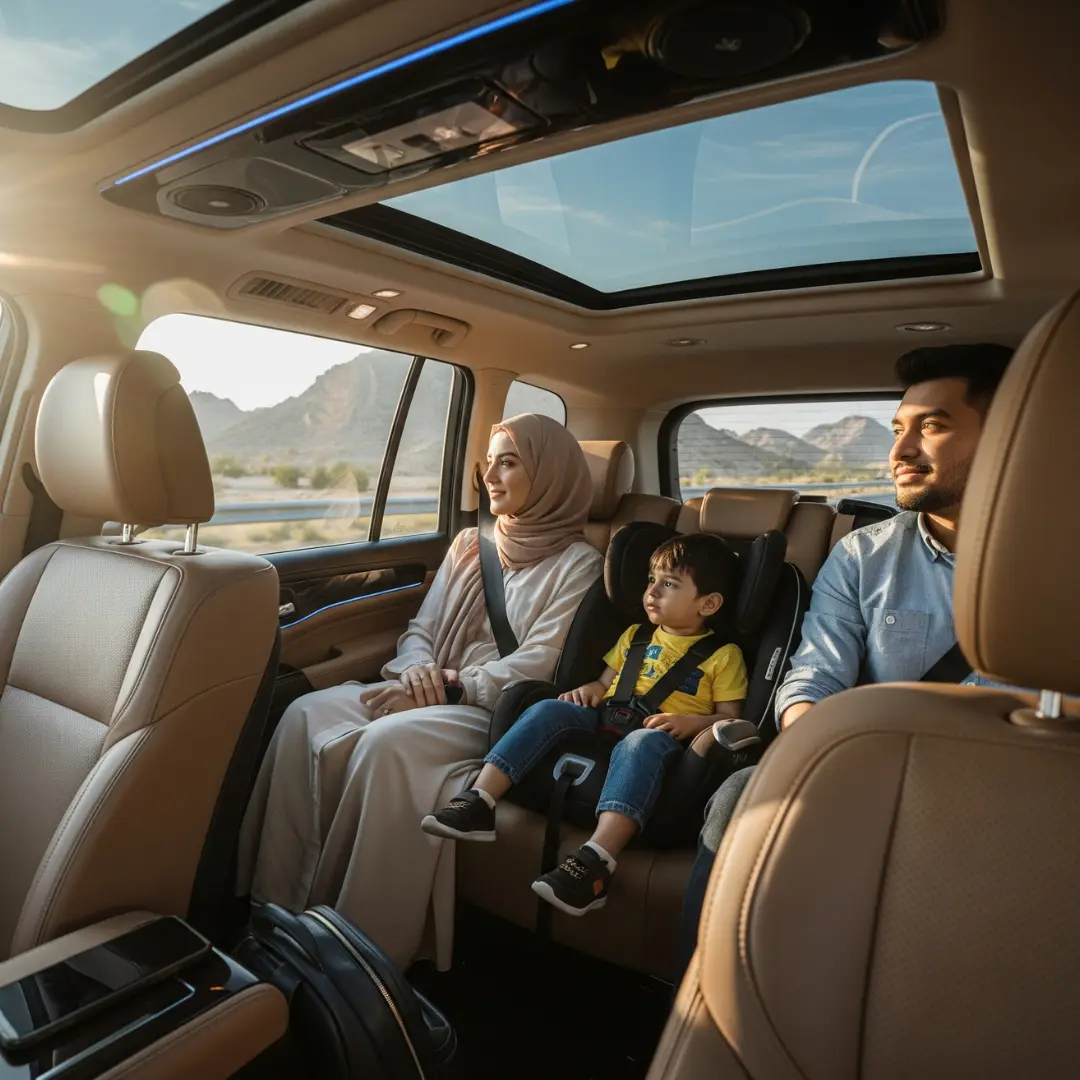
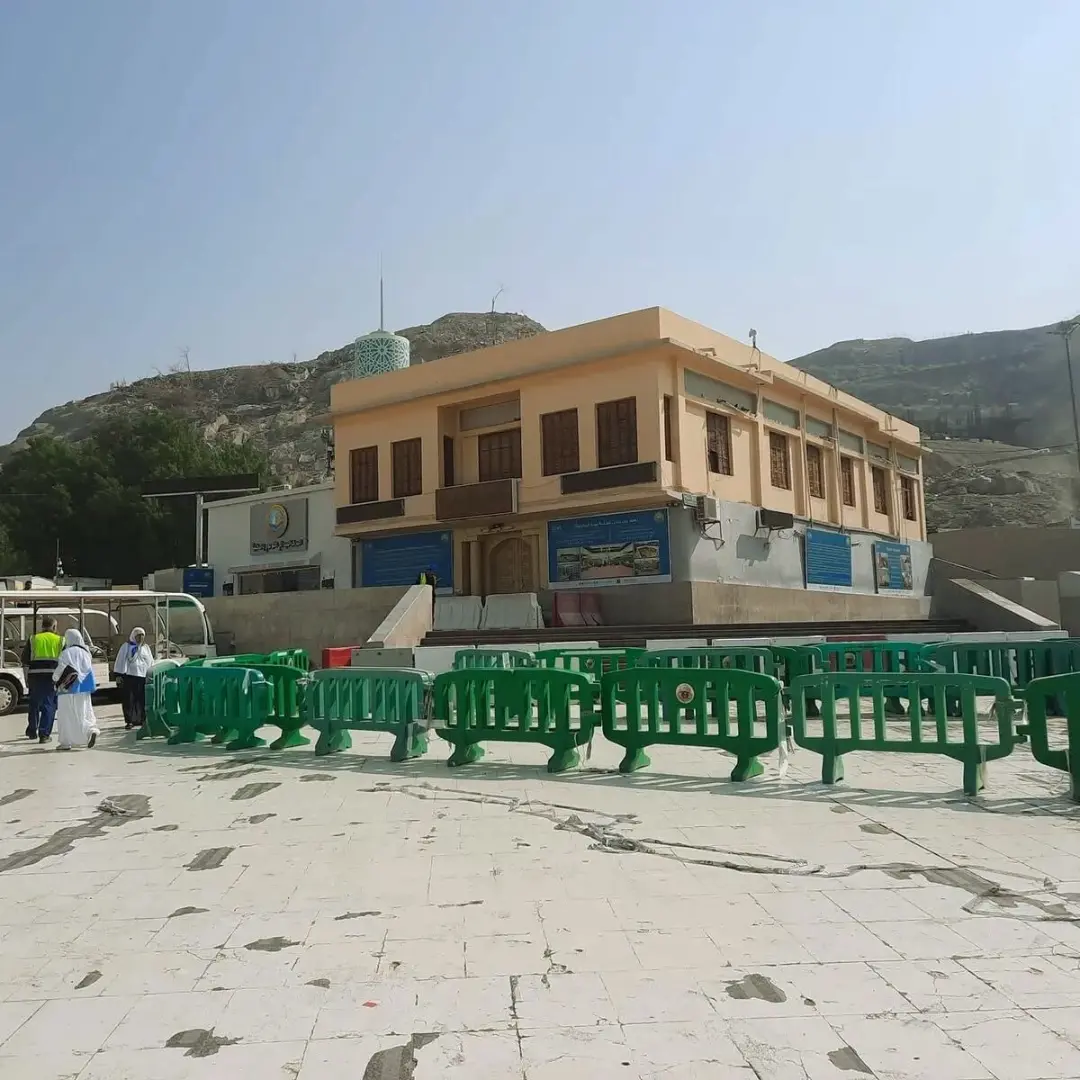
Best Time to Visit
Since it is adjacent to the Haram, it can be visited easily after any prayer. Visiting during the quieter times (e.g., mid-morning) may allow for more peaceful reflection without the crowds rushing to and from prayers.
Visiting with Umrah.cab
While this site is typically accessed on foot due to its proximity to the Haram, Umrah.cab includes this important location in our broader Makkah Ziyarat tours.
- Contextualizing Your Visit: Our tours help you understand the historical landscape of Makkah, including the locations of key events in the Seerah.
- Comprehensive Tours: We can arrange a driver to take you to other key Ziyarat sites (such as the Caves of Hira and Thawr, Jannat Al-Mu’alla, Arafat, etc.) and conclude the tour near the Haram, allowing you to visit the Library conveniently.
Gallery: The Birthplace of Mercy – Reflections at the Makkah Library
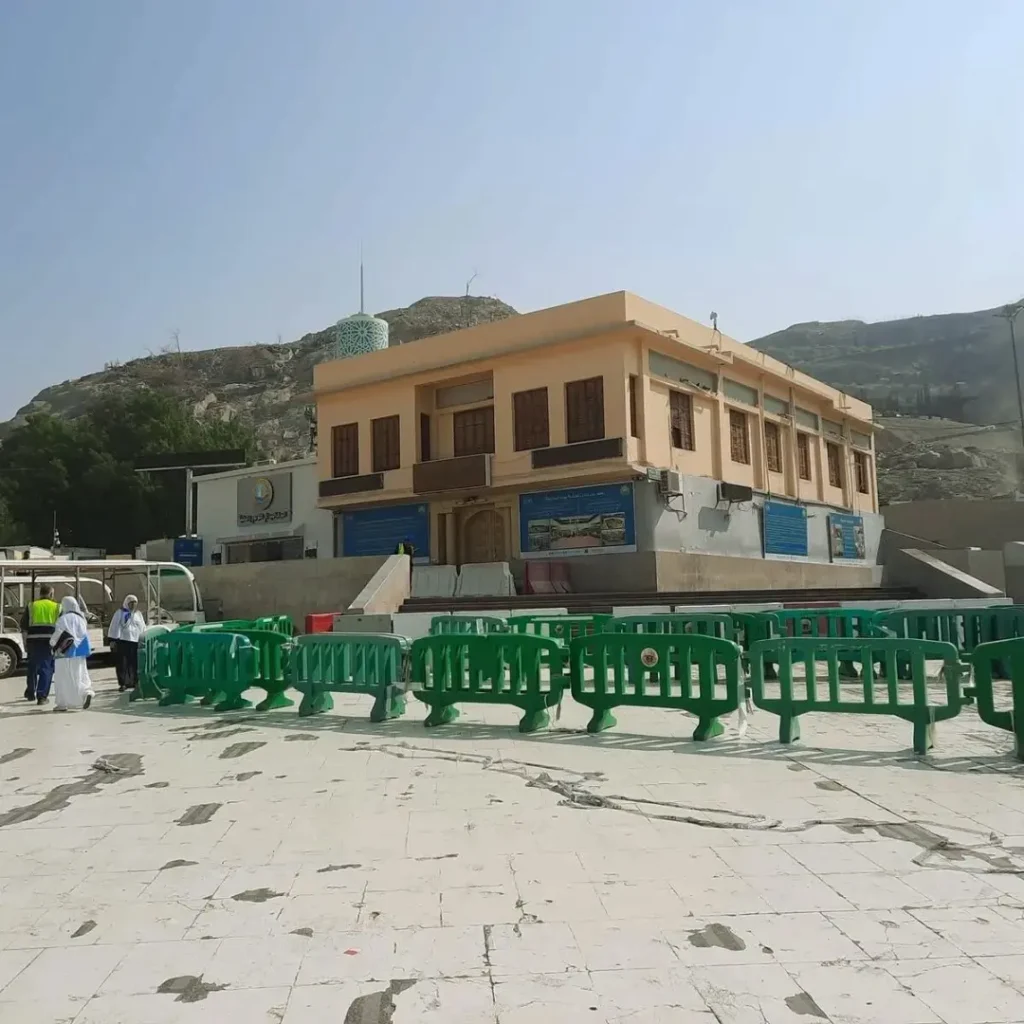

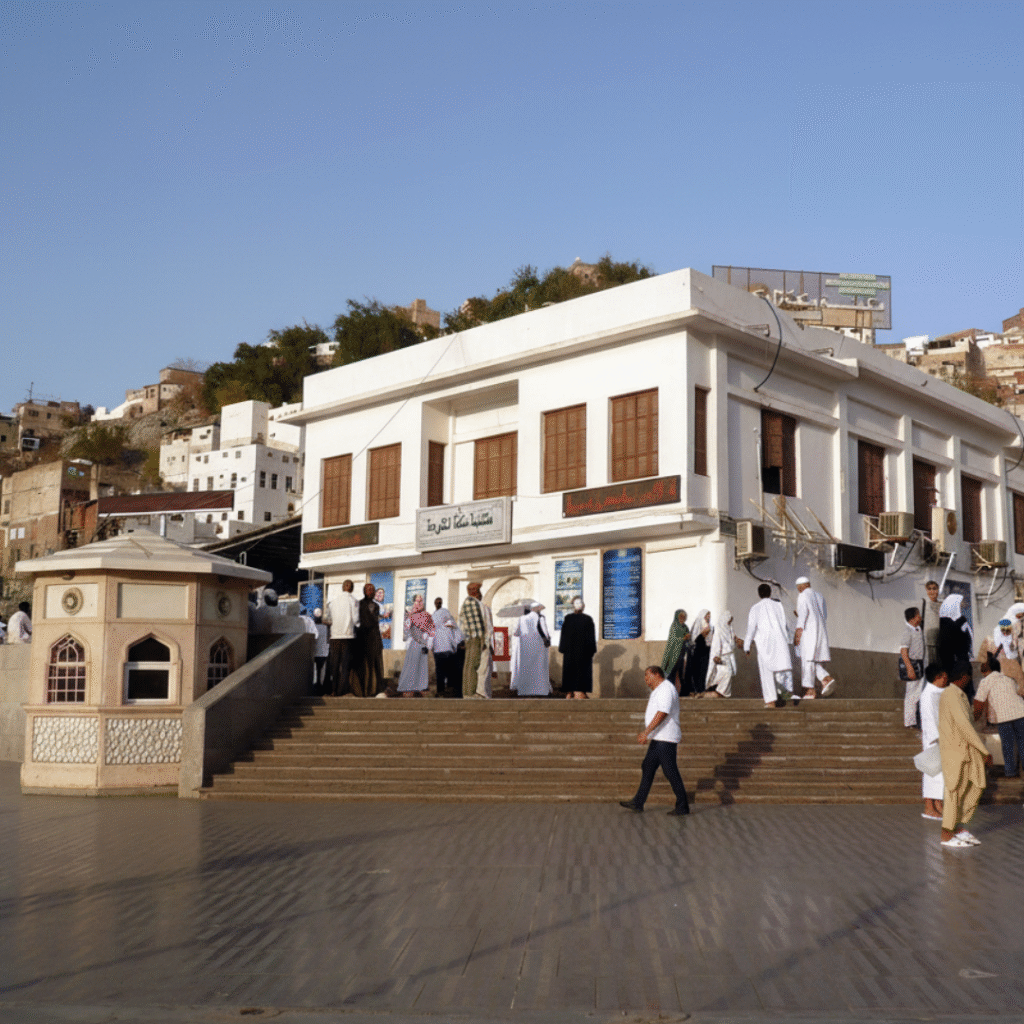
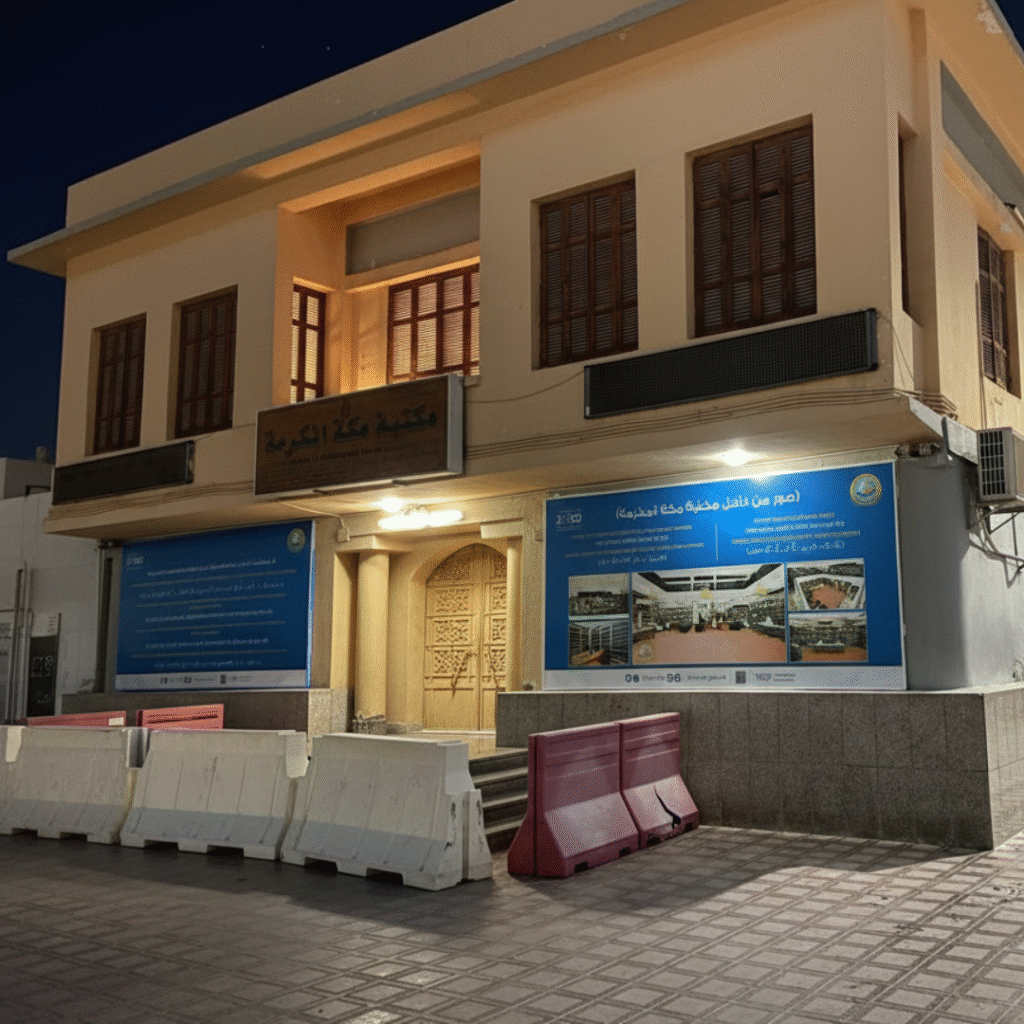
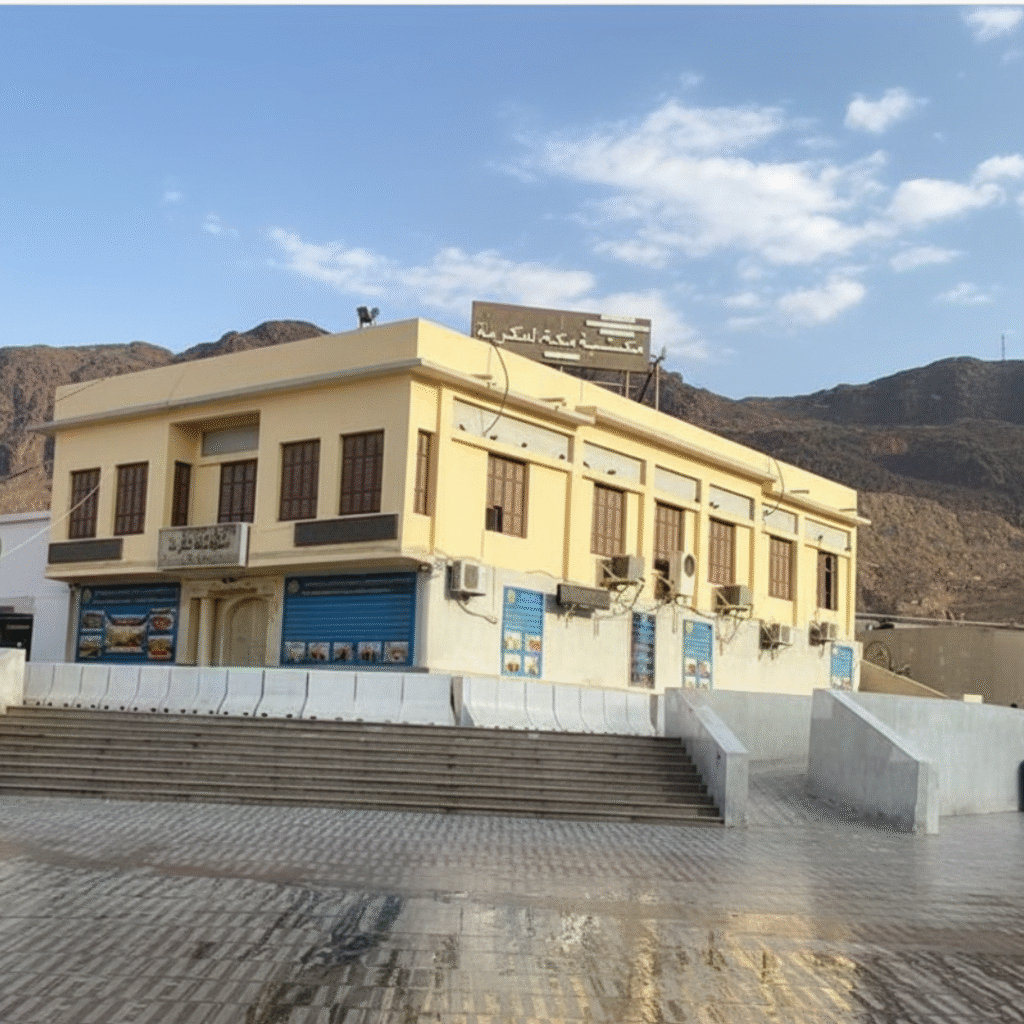
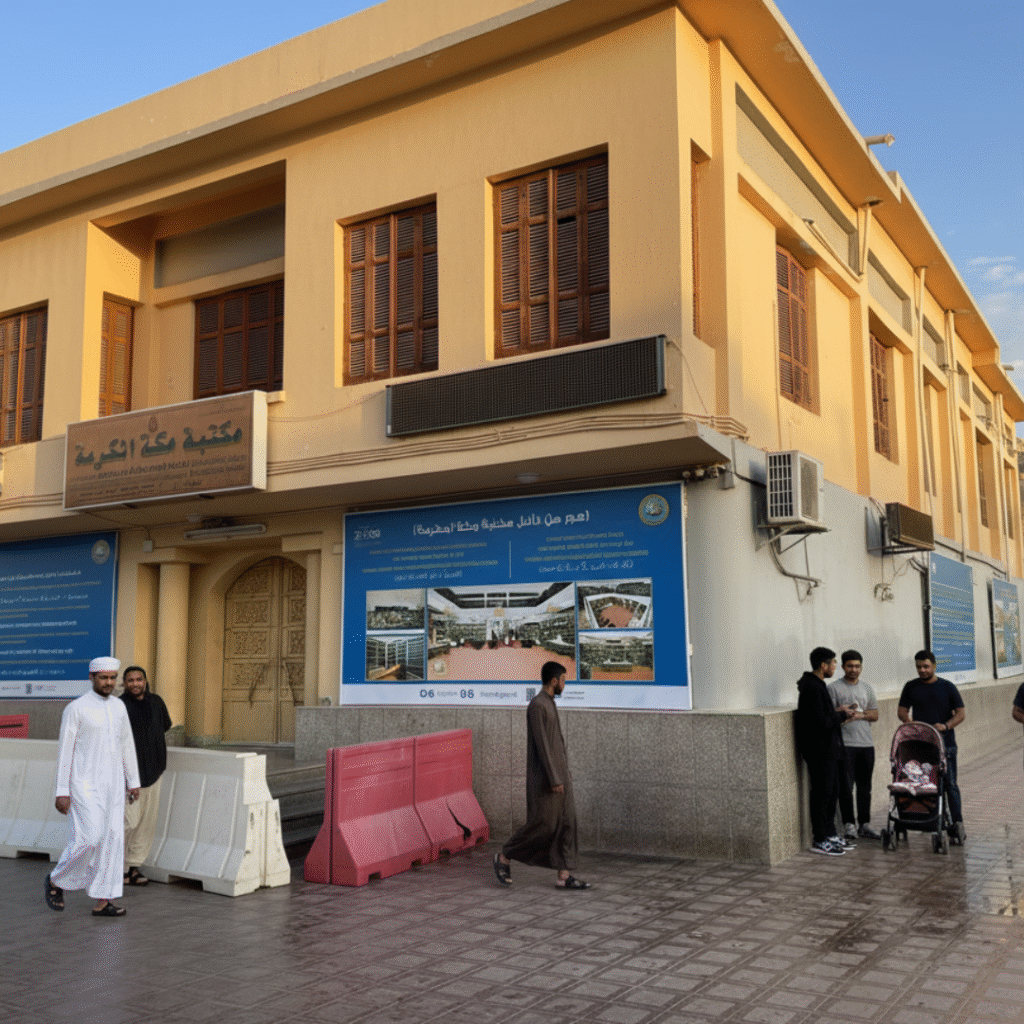
Pilgrim Reflections: A Visit of Gratitude and Reverence
Standing where the Prophet (PBUH) was born brought tears to my eyes. The simplicity of the library and its calm surroundings remind us that greatness begins in humility.
Aisha Farooq – Pakistan
Our Umrah.cab driver explained the beautiful history and significance of the site. Viewing it right after Fajr, with the Haram nearby, was a moment I will never forget.
Yusuf Abdullah – Nigeria
It was peaceful and humbling to stand so close to the place where Allah sent His final Messenger. Visiting the Makkah Library was a reminder of mercy, patience, and gratitude.
Mariam Khan – Canada
